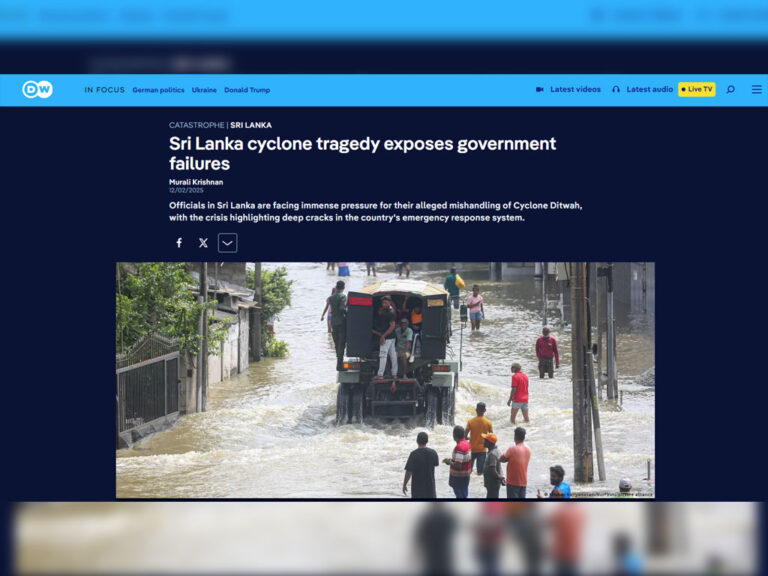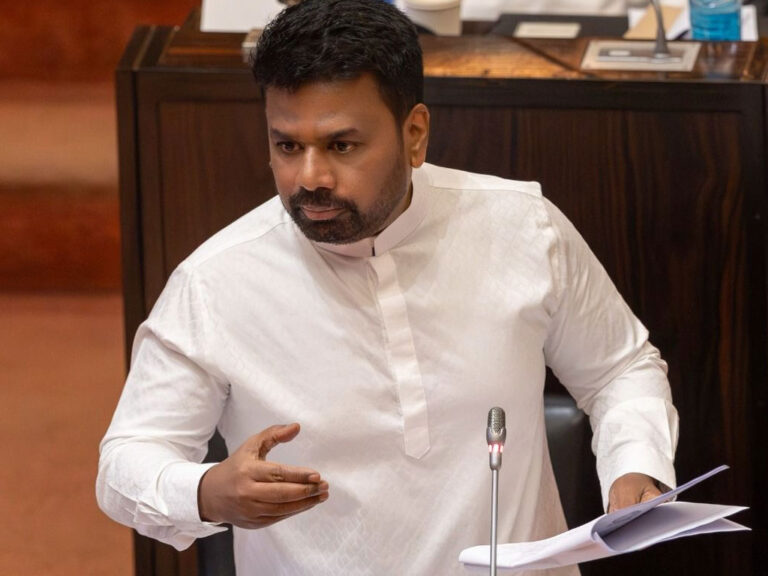
Exit polls indicate that India’s Prime Minister Narendra Modi is poised to secure a third consecutive term in office.
However, analysts caution that these polls, released by various news agencies, have been unreliable in the past and may not be impartial. Despite this, the polls position Modi’s Bharatiya Janata Party (BJP) as the frontrunner in the general election, where the BJP, the main opposition Congress party, and regional rivals engaged in a fierce campaign over seven phases of polling. Results are scheduled to be announced on 4 June, with a party or coalition needing 272 seats in parliament to form a government. The BJP-led coalition, the National Democratic Alliance (NDA), is expected to surpass this target, according to exit polls, which predict it securing about two-thirds of the seats.
In his initial comments after the conclusion of voting, Modi declared victory, stating confidently that the people of India had voted in record numbers to re-elect the NDA government. However, he did not specifically reference the exit polls. The Indian National Congress, the main opposition party, has accused the BJP of silencing opponents, a claim that the BJP denies.
Prime Minister Modi entered the election with significant popularity, but his main rival, Rahul Gandhi of the Indian National Congress, and a coalition of opposition parties gained momentum throughout the campaign. Despite varying individual numbers, an aggregate of six exit polls predicts significant victories for the BJP-led NDA, with forecasts ranging from 355 to 380 seats. The opposition INDIA bloc is expected to secure between 125 and 165 seats, according to Reuters.
Modi’s popularity makes him one of India’s most prominent leaders in recent decades. The election in India, the world’s most populous country with 1.4 billion people, is a massive undertaking. Some 969 million citizens were eligible to vote, equivalent to the populations of the US, Russia, Japan, Britain, Brazil, France, and Belgium combined.




